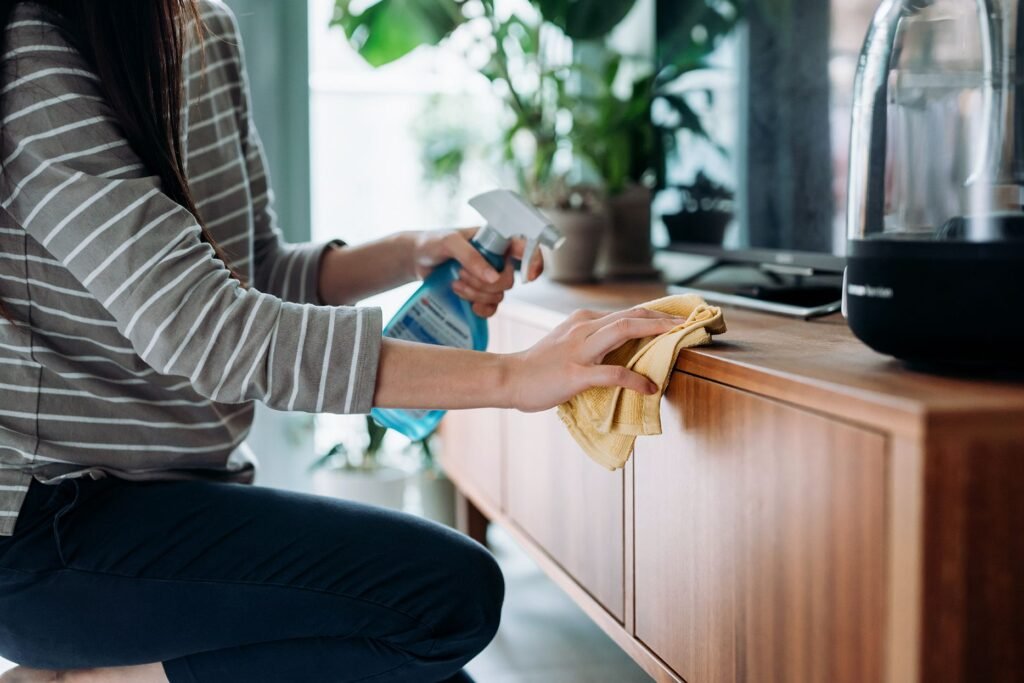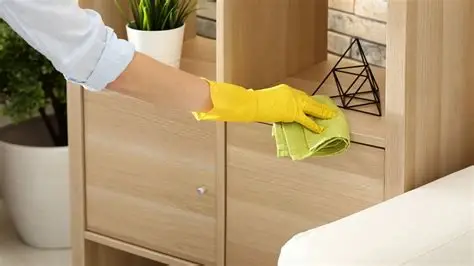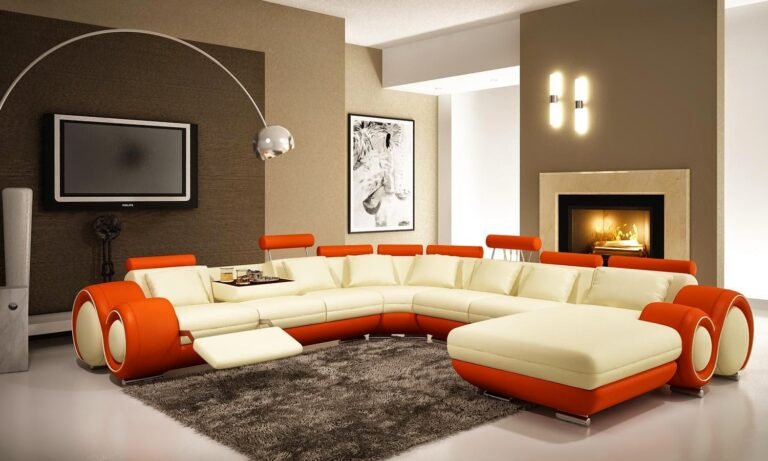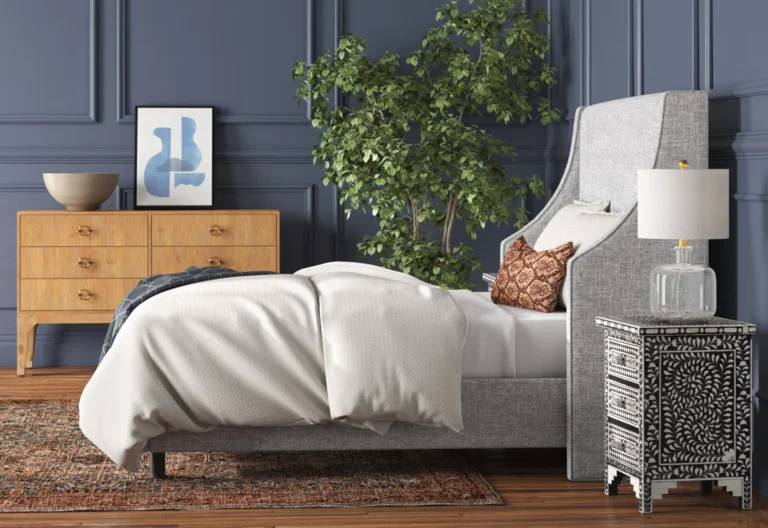
Tips for Maintaining and Cleaning Your Furniture
Proper maintenance and cleaning help furniture look great and last longer. Every piece, from wooden tables to upholstered sofas, requires care tailored to its material. Regular attention prevents damage, preserves appearance, and keeps your home inviting. By following a few simple steps, you can ensure your furniture remains functional and stylish for years.
Understand Your Furniture Material
Different materials need different care. Wood, leather, metal, and fabric each have specific cleaning and maintenance requirements. For example, solid wood benefits from regular dusting and occasional polishing, while leather needs conditioning to prevent cracks. Fabric sofas require vacuuming and spot cleaning. Knowing your furniture’s material ensures you use the correct products and techniques.
Dust and Vacuum Regularly
Dust accumulates quickly and can scratch surfaces over time. Wipe wooden, metal, and glass furniture with a soft, dry cloth weekly. For upholstered furniture, vacuum cushions, crevices, and under the seats to remove dirt, crumbs, and pet hair. Regular dusting and vacuuming prevent buildup and maintain your furniture’s appearance.
Use Appropriate Cleaning Products
Always choose cleaning products suitable for the furniture material. For wood, mild soap or specialized wood cleaners work best. Avoid harsh chemicals that strip finishes. Fabric furniture may need gentle detergents or upholstery cleaners. Leather furniture benefits from pH-balanced leather conditioners. Testing products on a small hidden area first prevents accidental damage.
Protect Against Sunlight and Heat
Direct sunlight and heat can fade, warp, or dry out furniture. Position wooden tables and sofas away from windows or use curtains and blinds to limit exposure. Avoid placing furniture too close to heaters or radiators. These precautions help maintain color, texture, and structural integrity.
Prevent Scratches and Damage
Simple habits can prevent scratches and dents. Use coasters, placemats, and furniture pads for tables. Lift furniture instead of dragging it across floors. Trim pet nails and keep sharp objects away from delicate surfaces. Taking preventive measures preserves the furniture’s original finish and appearance.
Treat Stains Promptly
Accidents happen, but quick action prevents permanent stains. Blot spills immediately with a clean cloth instead of rubbing. Use suitable cleaners based on the furniture material. For fabric, spot cleaners work best, while leather can be gently wiped and conditioned afterward. Prompt treatment minimizes damage and keeps surfaces looking fresh.
Rotate Cushions and Pads
For upholstered furniture, rotate cushions and seat pads regularly. This practice ensures even wear and prevents sagging. It also helps maintain shape and comfort over time. Even heavy-use pieces like sofas and chairs benefit from rotation to prolong their lifespan.

Schedule Deep Cleaning
In addition to routine care, schedule deep cleaning at least once or twice a year. Professional cleaning for upholstered furniture can remove embedded dirt and allergens. For wooden furniture, deep polishing restores shine and protects surfaces. Regular deep cleaning refreshes your furniture and keeps it looking new.
Conclusion
Maintaining and cleaning furniture is essential for beauty, comfort, and durability. By understanding materials, dusting regularly, using proper products, protecting against sunlight, preventing damage, treating stains promptly, and scheduling deep cleaning, you can keep your home furniture in excellent condition. Thoughtful care ensures every piece remains functional, stylish, and inviting for years to come.







